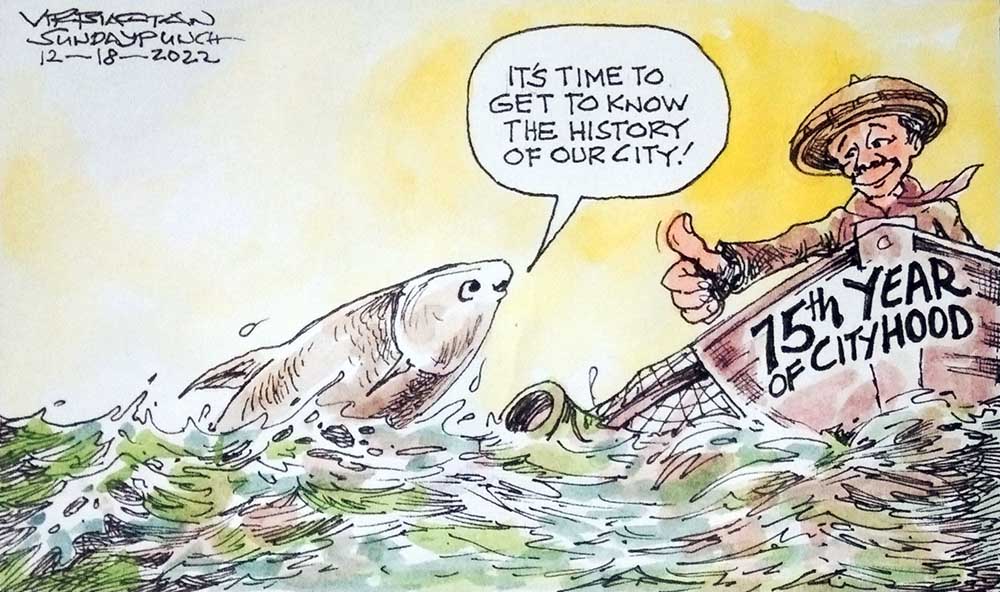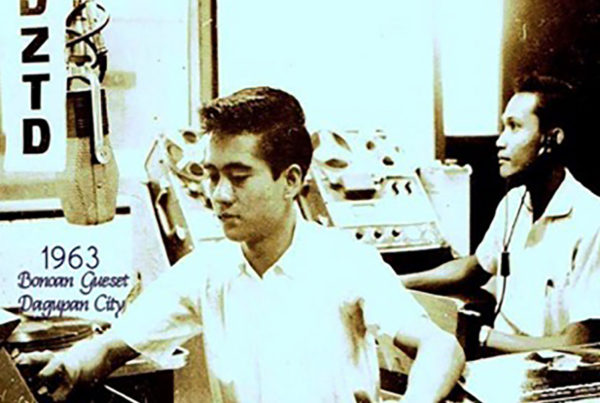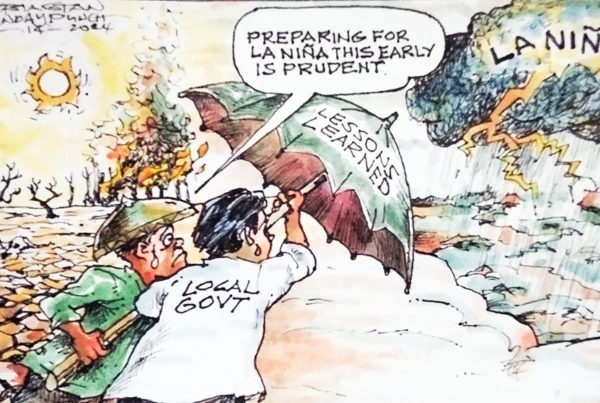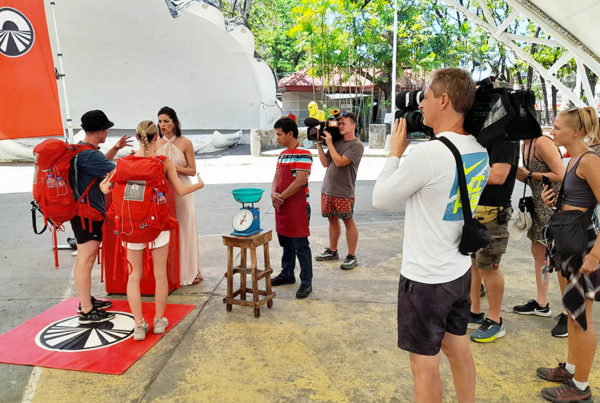
Beginnings of Dagupan before cityhood
AS Dagupeños mark and celebrate their city’s 75th year of cityhood, today’s generation must recall and teach how Dagupan came about first as a community, as a town and finally as a city. Below are excerpts from the “History of Dagupan” written by Restituto Basa, the acknowledged city’s historian.
The early settlers of Dagupan City were believed to have come from the Flores Island, one of the islands of the Lesser Sunda Islands located in the eastern half of the Indonesian Archipelago. The dialect used by the natives of this island bore a strong similarity to the Pangasinan dialect. The main sources of livelihood were fishing and salt-making.
The area of Dagupan was part of the Alcadia Mayor of Pangasinan, a politico-civil administrative unit or province in 1580. Dagupan was originally named ‘Bacnotan’ by the Augustinian missionaries. A few years after the establishment of the Encomienda in Pangasinan in 1583 during the period of the Spanish Colonization, Bacnotan was already known to be one of the biggest areas for trade in the whole of the Ilocos Region.
In 1660, Andres Malong, a local chieftain of Binalatongan, led the Malong Revolt of the Filipinos against the Spaniards. After the revolt, the locals rebuilt their town. To commemorate the gathering of forces under Malong, the place was renamed as ‘Nandaragupan’, which in local dialect meant, ‘where people meet.’ In 1780, the name was then simplified to ‘Dagupan’.
In 1855, the Spanish Government opened Sual as an official part of foreign trade, with ships departing the port of Sual with shipments of rice bound for China and Macao. This made Dagupan as among the locations for shipbuilding in the country.
In December 1897, General Emilio Aguinaldo, along with Governor General Primo de Rivera, took the Ferrocarril De Manila-Dagupan train to Dagupan en route to the port of Sual for General Aguinaldo’s exile to Hongkong pursuant to the terms of the Pact of Biak-na-Bato.
In July 22, 1898, Pangasinan was liberated from Spanish rule by the Katipuneros organized by General Francisco Makabulos, and led by Juan Quesada and Eliseo Arzadon of Dagupan. The defeated Spanish forces made their last stand in Dagupan.
During the Japanese Occupation in the Second World War, Dagupan was chosen as the provincial capital of the newly-established Japanese Government. At the start of the Liberation of the Philippines in 1945 by the Allied Forces, amphibious landings were made along the beaches of Lingayen Gulf – Lingayen, Binmaley, Dagupan, and San Fabian. Then General Douglas MacArthur, Supreme Allied Commander-Southern Pacific Area, set up his Luzon headquarters in Dagupan to consolidate preparations for the U.S. Army’s push south to recapture and liberate Manila.
On June 20, 1947, two years after the Liberation of the Philippines, the cityhood of Dagupan was formally recognized as President Manuel Roxas signed into law Republic Act No. 170, or the City Charter of Dagupan, authored by Speaker Eugenio Perez.
Share your Comments or Reactions
Powered by Facebook Comments











